In the early days of Pilanesberg’s existence back in the early 1980s, two female elephants by the names of Durga and Owalla were relocated to the park, along with juvenile males from Addo Elephant Park and Kruger National Park.
But Durga and Owalla’s journey had been quite a different from that of the young males, having been brought by boat all the way the US, under the guidance of elephant expert Randall Moore, after years of captivity in the circus. The elephants had originally been shipped to the US as babies after a culling programme in Kruger had left them as orphans.
Randall Moore had got a job at the circus in question, starting out by shoveling elephant dung from dawn to dusk but then proving himself as an excellent trainer. When the elephants’ owners both died in quick succession, Moore inherited the animals and decided it was time for them to “return to their natural habitat in Africa”. Having got a US television network to support his project, Moore, the elephants and the film crew set off for Africa.
The elephants’ trip was a long and grueling one. Owalla suffered from serious seasickness for four or five days, while one of the stewards died of appendicitis on arrival at Port Elizabeth. The elephants were originally due to be relocated in Kenya, but after Moore’s project and team faced hostility from Kenyan officials during their first few weeks in the country and the elephants were soon ordered to be deported on the grounds that they were originally born in South Africa. At this point, a bull by the name of Thsombe who had also been on the trip tragically died from salmonella.
Durga and Owalla and Moore eventually came back to Pilanesberg a year later. After spending another year helping the elephants acclimatize to their new home, Moore said “not only did Durga and Owalla adapt readily to the wild, but within months came to assume the natural role of matriarchs to a thriving herd of translocated juvenile elephants. Before they came along the herds of little elephants were fragmented and in poor condition. My two elephants gave them the guidance and family cohesion they needed”.
Durga and Owalla both went on to have babies of their own, continuing their apparently seamless transition back into the wild. But theirs and Moore’s story was not quite over. About 16 years after he had said goodbye to them in the wild, Randall Moore received a call from Pilanesberg saying that Owalla had been attacked by a hippo and was severely injured. The Parks Department had been trying to bring Owalla down with tranquilizer darts from a helicopter for days, but to no avail, and they were worried both for her life and the trauma that this approach was causing her and the young calf that was with her.
Moore flew back to South Africa the next day and he was taken straight to Owalla. He got out of the vehicle and approached Owalla on foot, saying softly “trunk up Owalla, trunk up” as he drew closer, just as he might have done in the circus all those years ago. She turned to face him, and lifted her trunk as asked, and she remained still and obedient as the vets came in to treat her wounds. After some days of this routine, Owalla was back on track and Moore said goodbye for a second time, leaving Owalla and Durga to continue to thrive in Pilanesberg National Park

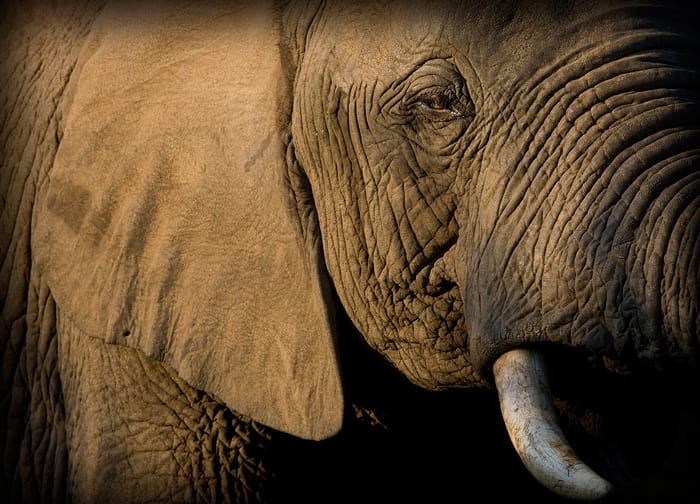
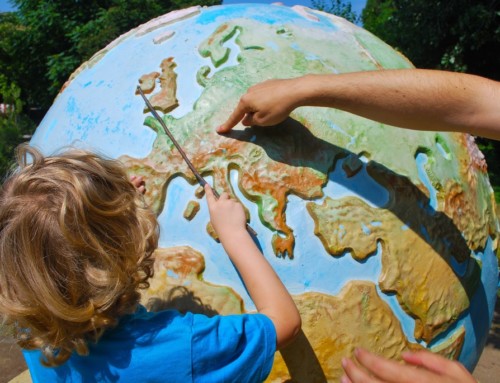
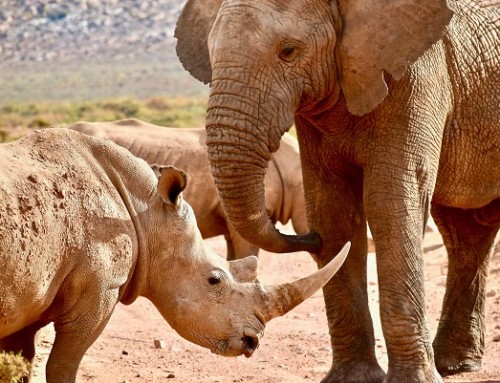
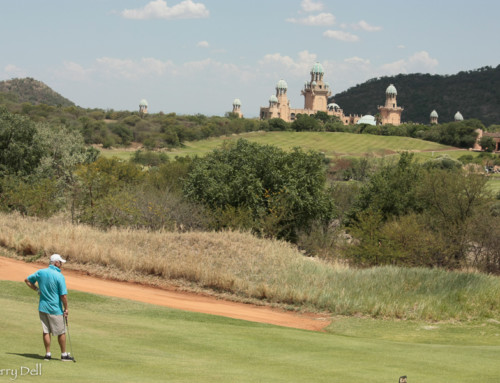
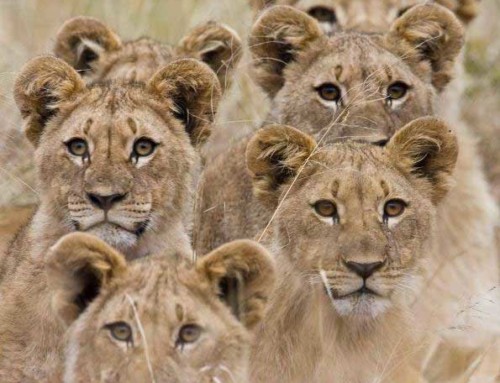
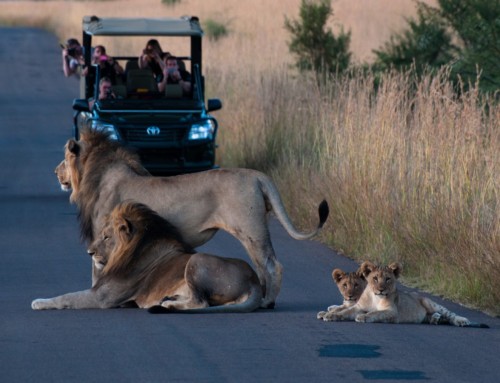
Beautiful interesting story are the two Elephants(Duggan and Owalla) still alive and living in the park?
Really amazing story
I’d like to know if they r still alive
What a beautiful story 🙂 <3
Amazing, thank you so much.
[…] had been successfully reintroduced into the park, as any of you who read our previous blog on the story of Dugga and Owalla would be […]